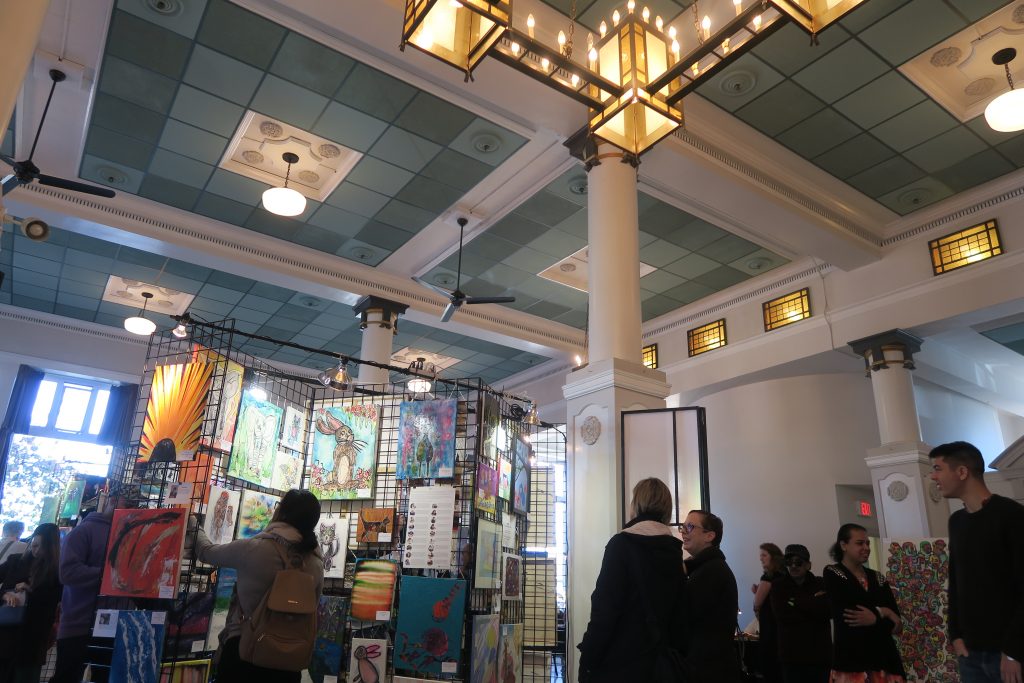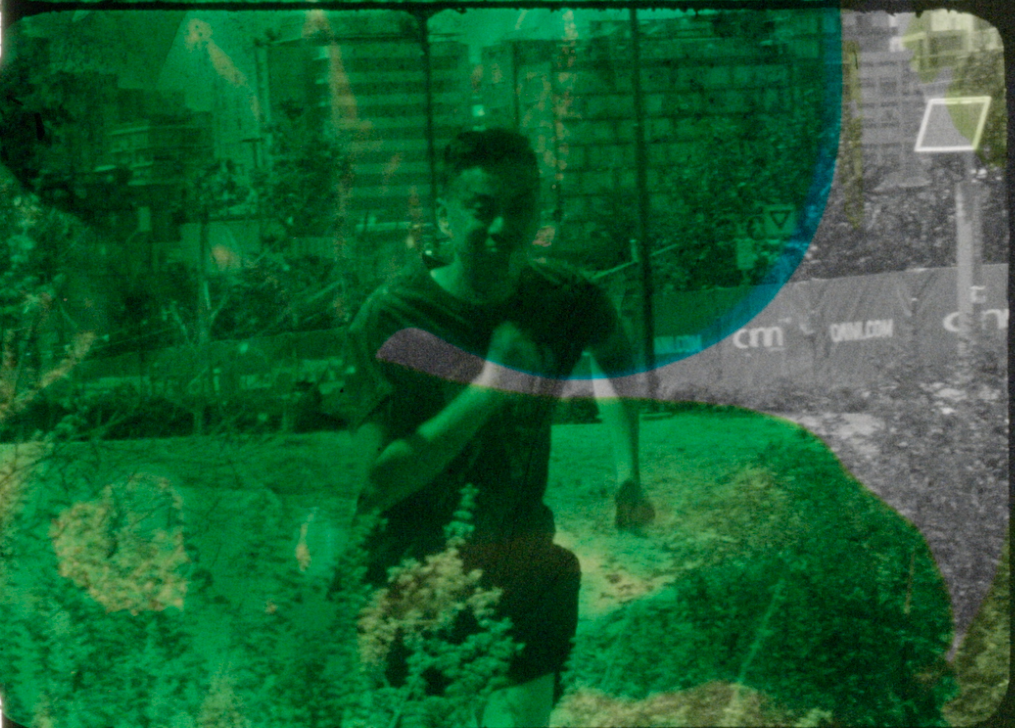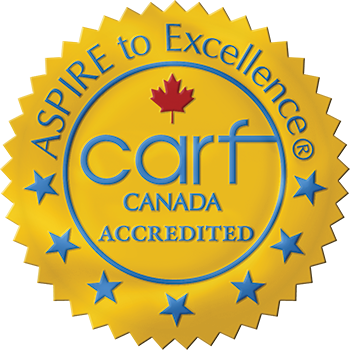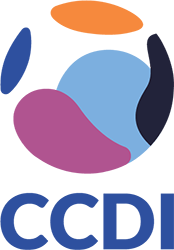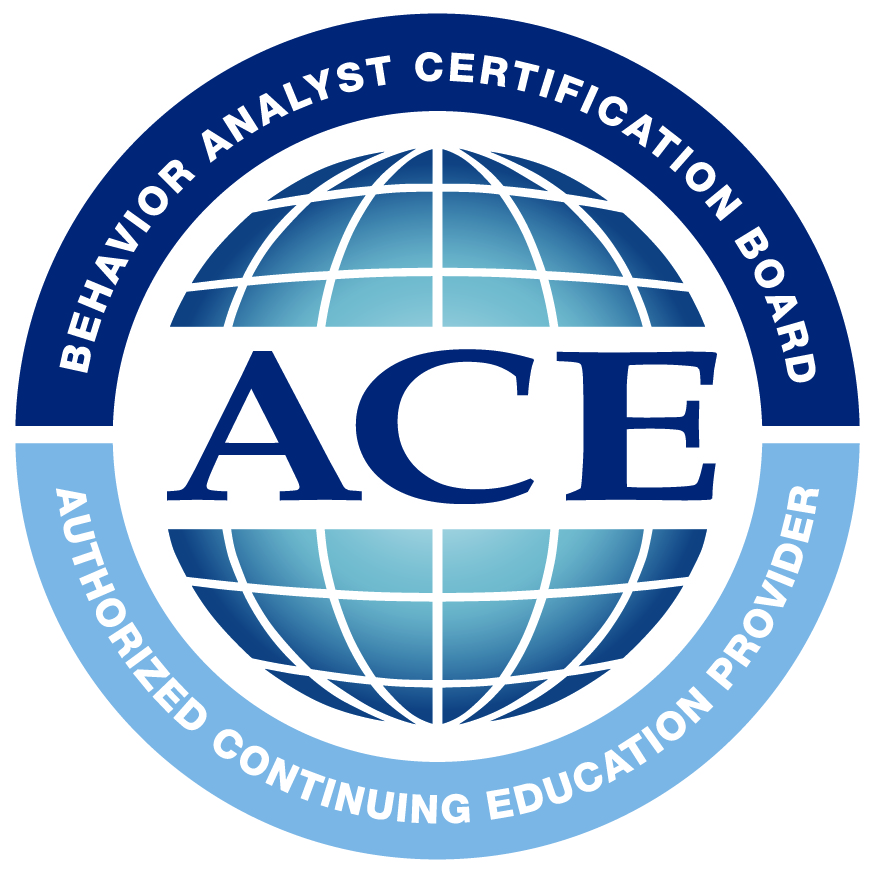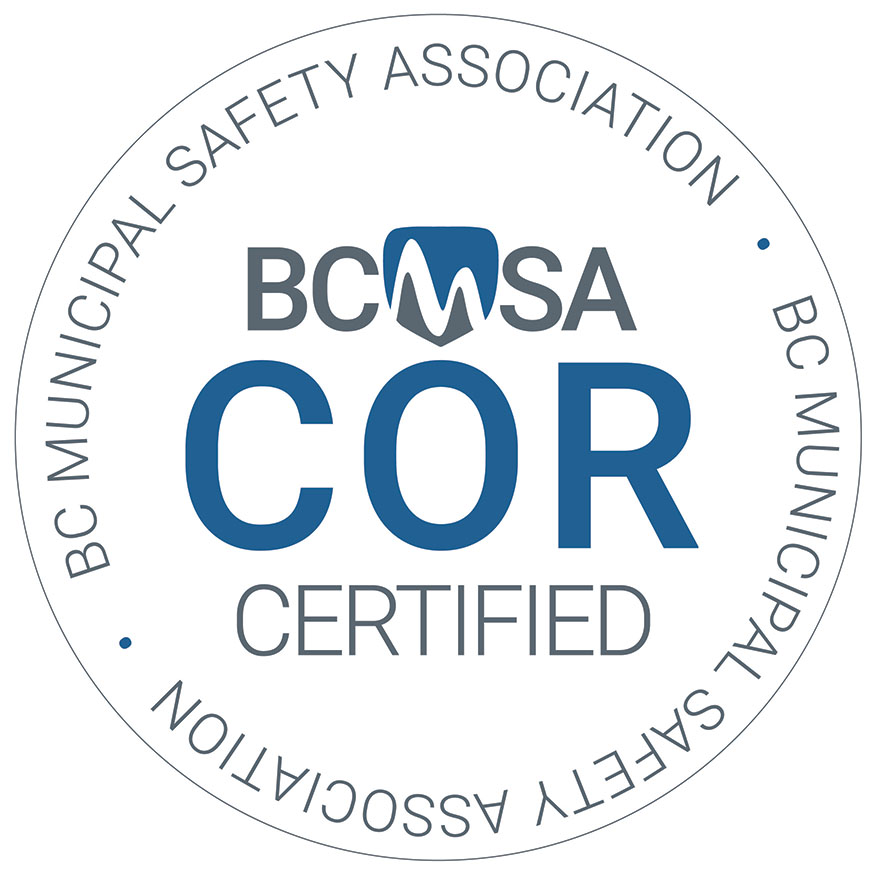Contributed by Alicia Neptune, Communications Specialist
For the 21st year, BC communities came together to recognize the contributions of people with disabilities and celebrate inclusion. This year’s theme was “The Future is Accessible.”
Working toward an accessible and inclusive future is a collaborative effort. When communities embrace those values, we create opportunities for people with disabilities to advocate for themselves, tell their own stories, and participate fully. An accessible future is a future without barriers which embraces diversity and provides equitable opportunities for all.
Legislative changes play an important part. The Accessible Canada Act, passed earlier this year, is an significant step toward creating a barrier-free Canada. However, there are so many other ways we can all work toward creating more inclusive communities. We participate in community life through our jobs, the arts, public gatherings and most importantly, through our day-to-day interactions with one another.
Let’s take a look back at just a few of the many events and campaigns from Community Inclusion Month. Explore how we celebrated, what opportunities we seized, and how we can stay involved after the month is over.
Arts & Culture
If hosting an art show for the past fifteen years has taught us anything, it is that art is a powerful way for us to connect.
Our annual INCLUSION Art Show & Sale offered a platform for artists to showcase and sell their works. We celebrated amazing talent from artists with diverse abilities. The show brought the community together. It was a space where artists and guests could encounter one another, make connections, and have conversations.
While the show is always a day of excitement and creative energy, it also serves to showcase the importance of art year round. The participating studios offer a space and resources for people of all abilities to express themselves through art. For example, Burnaby Now recently featured artist Chris Tsen from Alternative Creations Studio. The studio provides a way for him to communicate visually through his painting, and a social setting in which to create his work.
We also partnered with Cineworks for the When Colour Bursts Through film project. This collaborative project gave individuals with intellectual disabilities an opportunity to work with new people and filmmaking equipment.
Gregory Grant, a visual artist who loves colour, helped hand paint the black-and-white 16mm film. Miranda Orth shot with a Bolex 16mm camera, and took to the challenge almost immediately. Working with film “requires collaboration with the medium,” said one of the filmmakers, Brittney Appleby. It asks that creators accept and embrace imperfections. It can be more difficult, but also surprising and rewarding.
Participants had a chance to tell their stories in their own words and share insights about life with disabilities in a new medium. During the Q&A portion of the evening, the filmmakers spoke about accessibility in filmmaking, like the importance of captioning. They committed to make accessibility a priority on their future projects.
Employment
During #CommunityInclusionMonth, @InclusionLangly's Blue Balloon Campaign has been recognizing inclusive employers in #Langley including. Aldergrove Credite Union, @weRdrivingforce, @Vancity, Fort Sport+Family Physio, @SportsplexBC. Thanks to all employers who hire inclusively! pic.twitter.com/k8nNvQLXy0
— Community Living BC (@clbc_connect) October 28, 2019
October is also Disability Employment Awareness Month across Canada. In Langley, an initiative from WorkBC, Inclusion Langley, and the Canadian Association for Supported Employment (CASE) saw blue balloons popping up all over the city.
To kick things off, WorkBC held a breakfast for 22 employers who gathered to learn about ways they could make their business more inclusive—and pick up some blue balloons. Employers who have or are open to hiring someone with a disability could let the public know by decorating their businesses with these balloons.
The initiative aimed to break down barriers that prevent employers from hiring people with disabilities. These barriers include physical barriers to accessibility, as well as stigmas. The balloons signify businesses’ willingness to embrace diversity and inclusive hiring practices.
Politics
Voting is one of the most important rights we have as citizens. This year, Community Inclusion Month happened to coincide with the federal election. The I Am Voting campaign from Inclusion BC and partners aims to ensure that all people with disabilities can fully participate in election activities and that disability issues are a priority in the election.
The I Am Voting toolkit included essential election information about voting and offered suggestions on how to get involved. Complementing the efforts of Elections Canada to make voting as accessible as possible, the campaign helped increase election awareness and give individuals the tools they needed to participate.
Looking ahead: how to stay involved
Though Community Inclusion Month is drawing to a close, creating accessible, inclusive communities is a year-round effort. Consider participating in or volunteering at a community event. Support a local business that hires people with diverse abilities. And keep an eye out for opportunities like the ones below:
Right now, you have the opportunity to help shape the future of accessibility legislation in BC. British Columbians are invited to read the Framework for Accessibility Legislation and share their views, ideas, and experiences.
Your feedback will help the BC government develop accessibility legislation that empowers government, people with disabilities, and the broader community to identify, remove, and prevent barriers.
The opportunity to provide feedback is open from September 16 to November 29, 2019 at 4 pm. Learn more at: https://engage.gov.bc.ca/accessibility
The BC Non-Profit Housing Association (BCNPHA) and Community Living BC are conducting an online survey to learn more about the housing needs, demands, and preferences of adults with a developmental disability who are living in B.C. They want to hear from BC youth/adults with developmental disabilities, their families and support people.
The data collected from this survey will be critical to help engage decision makers in communities throughout BC as well as assist CLBC, Inclusion BC, service providers, self-advocacy and family groups, housing organizations, developers, and municipal governments make informed decisions about housing and service provision for individuals with developmental disabilities.

